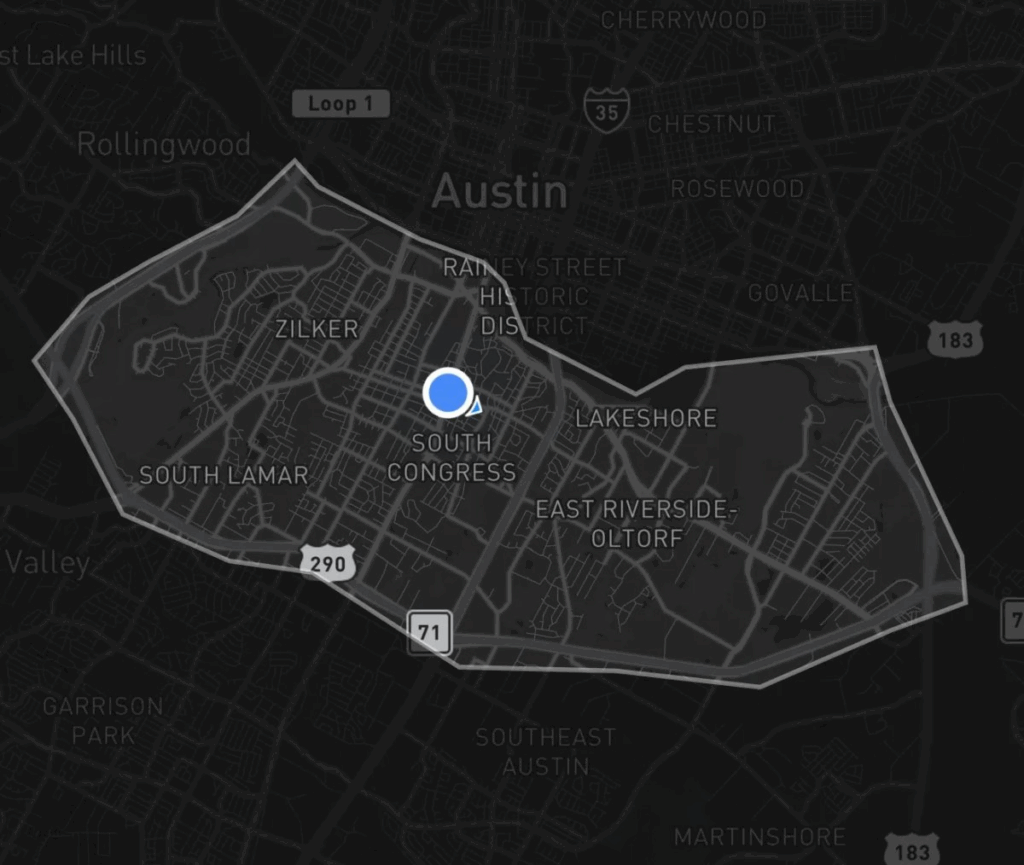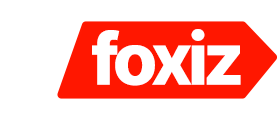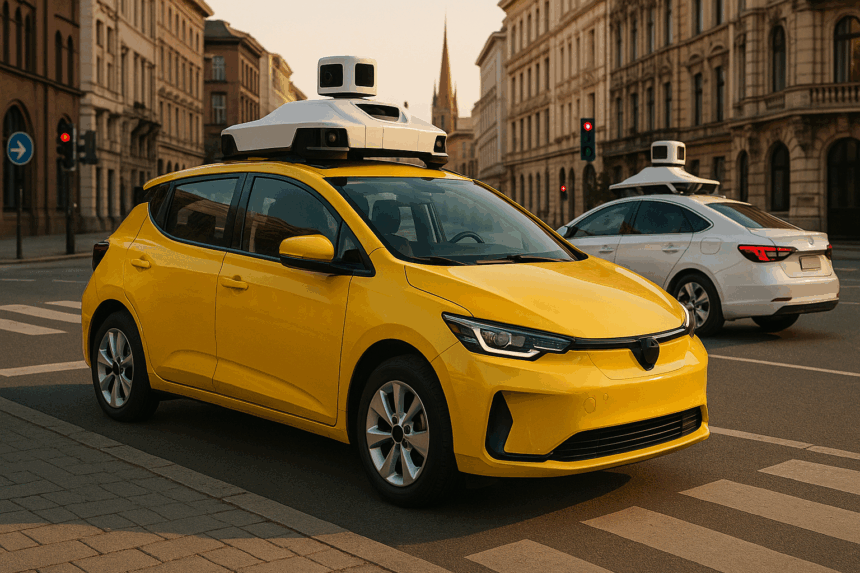The race for autonomous robotaxis is fully on with Lyft and Baidu joining forces to launch robotaxi services in Europe by 2026. Meanwhile, Tesla expands its robotaxi coverage in Austin, Texas, quadrupling its service area. Both indicate the momentum of driverless ridesharing in key global markets.
What’s Happening & Why This Matters
European Robotaxis Coming
Lyft partners with Chinese AI pioneer Baidu to introduce Baidu’s sixth-generation Apollo Go autonomous vehicles in Europe. Starting in Germany and the United Kingdom — pending regulatory approval — users will hail robotaxis directly through the Lyft app. Baidu wants to scale its fleet to thousands of driverless vehicles across multiple European cities over the coming years.

This partnership follows Lyft’s recent $200 million acquisition of the European taxi app FREENOW, which operates in 180 cities across nine countries. Lyft plans to leverage FREENOW’s local ties, focusing initial efforts on Germany and the UK, countries known for proactive regulatory environments and established taxi networks.
For Baidu, the deal is a positive step in its international expansion. Recently, Baidu teamed with Uber to deploy autonomous vehicles in the Middle East and parts of Asia, including Dubai and Abu Dhabi. Baidu CEO confidently announced on social media, “Buckle up! Your driverless ride is on its way.”
Tesla Service Expansion
On the other side of the Atlantic, Tesla accelerates its robotaxi rollout. Since its initial launch in Austin in late June 2025, Tesla has quadrupled its service area to cover 80 square miles. This expansion almost doubles its previous growth from 42 to 80 square miles in just weeks.

Tesla’s robotaxi zone now covers more of southern Austin and competes closely with Waymo, which covers roughly 90 square miles extending further north. Tesla’s CEO Elon Musk confirmed plans to grow the service to cover half the U.S. population by the end of 2025, though regulatory approvals will determine exact timing and geography.
Tesla also recently adjusted robotaxi pricing to $6.90 per ride. Despite ambitious plans, Musk acknowledges that regulatory hurdles in states like Arizona, Florida, and Nevada could delay nationwide expansion.
These parallel decisions by Lyft-Baidu and Tesla demonstrate a new confidence in robotaxi tech and the race for market readiness. The regulatory complexities the companies face when scaling autonomous services in diverse regions are vast.
TF Summary: What’s Next
Lyft and Baidu’s European robotaxi partnership readies large-scale driverless ridesharing by 2026. Baidu’s Apollo Go technology and Lyft’s expanding European presence create a strong foundation for growth.
Simultaneously, Tesla’s robotaxi expansion in Austin represents intensifying U.S. competition. Musk’s goal to cover half the U.S. population by year-end hinges on overcoming regulatory barriers.
Together, both plans promote and accelerate autonomous urban mobility. The coming months will be awash with approvals, fleet scalability, and competition for global robotaxi dominance.
— Text-to-Speech (TTS) provided by gspeech


